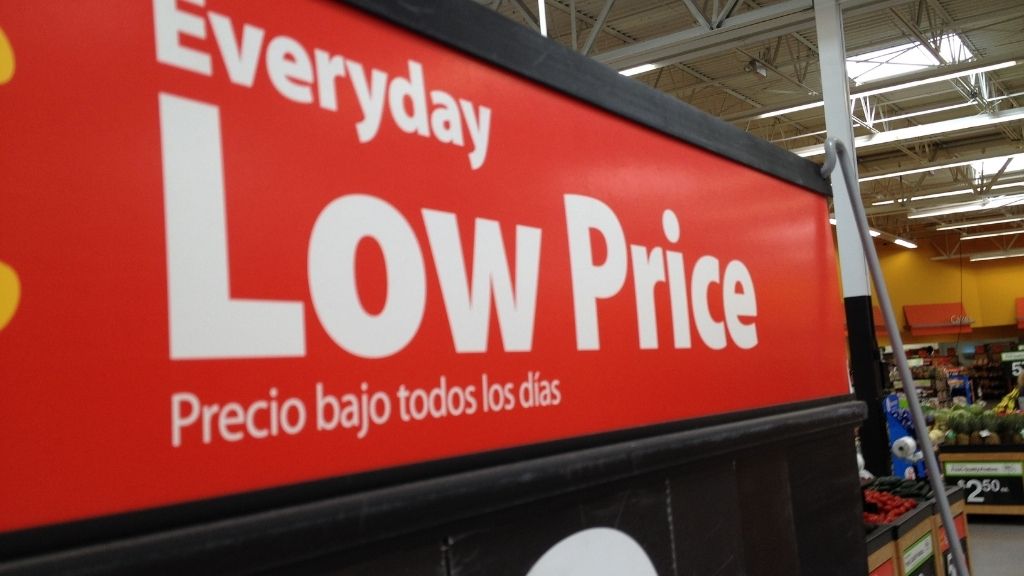

Everyday Low Prices, or EDLP, is a pricing strategy that consistently offers consumers low prices. Brands or retailers who opt for a low-price strategy every day do not apply discounts or promotions to their products or services. Instead, they ensure that prices are below the market average 365 days a year. This technique is mainly applied by large retailers, and in fact, one of the first to implement it was Walmart. For an e-commerce business to implement this pricing strategy correctly, it needs to conduct an in-depth study of its customers’ behaviour, supply and demand, and competitors’ prices. Below we explain the pros and cons so you can assess whether it would be appropriate to apply it to your business.
Benefits of an Everyday Low Pricing strategy
For consumers
Users who choose to buy in retailers with these prices are less concerned about variations in product prices. They feel that they do not have to keep an eye out for launches of offers and promotions. Therefore, they spend less time comparing the prices of other stores. Overall, this creates a greater engagement with the brand, benefiting businesses.
For brands and retailers
Implementing low prices every day can help businesses increase their sales volume. Customers tend to buy more items from different categories when they know that prices are low, as with Primark consumers, for example.
At the same time, the EDLP strategy translates into better demand forecasting by e-commerce businesses and brands. Because no one-time promotions are applied, demand does not vary wildly. Therefore, it is easier to ensure enough stock to meet consumers’ needs. Maintaining constant prices also impacts on the effort made by employees, who will spend less time repricing, both online and in physical stores.
Ultimately, this pricing policy leads to lower advertising and marketing costs, as retailers often advertise the whole store, or lower prices in an entire category, not individual items. Once positioned as a low price retailer, it becomes easier for traffic to increase organically.

Drawbacks of an Everyday Low Pricing strategy
- Risk of the company’s products being associated with low quality due to low prices.
- Possible loss of brand credibility.
- A lower profit margin when implementing this pricing strategy.
One of the ways to avoid these disadvantages is to know the market’s and competitors’ prices at all times. By implementing EDLP, you can apply lower prices than other retailers without devaluing your products or denting your profit margin. A pricing suite can help you monitor price variations and forecast your main competitors’ movements. This is essential, especially for newly launched companies seeking the best prices for their products.
Find out how Minderest can take your business to the next level.
Contact our pricing experts to see the platform in action.
Related Articles

AI Agents and Holiday Season: How to Adapt Your Pricing Strategy
Holiday season planning used to revolve around creative campaigns, emotional storytelling, and optimizing the user experience. However, a silent revolution is changing the rules of the game. The rise...
How Surveillance Pricing Works and Its Applications for Your Business
The term "Surveillance Pricing" might conjure images of corporate espionage and price manipulation. However, this initial perception hides one of the most sophisticated and powerful strategies in...